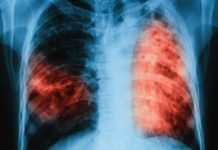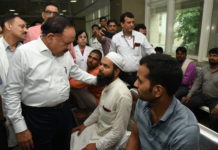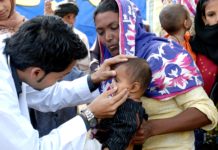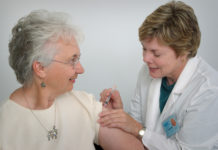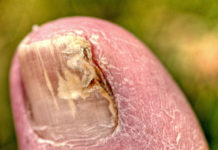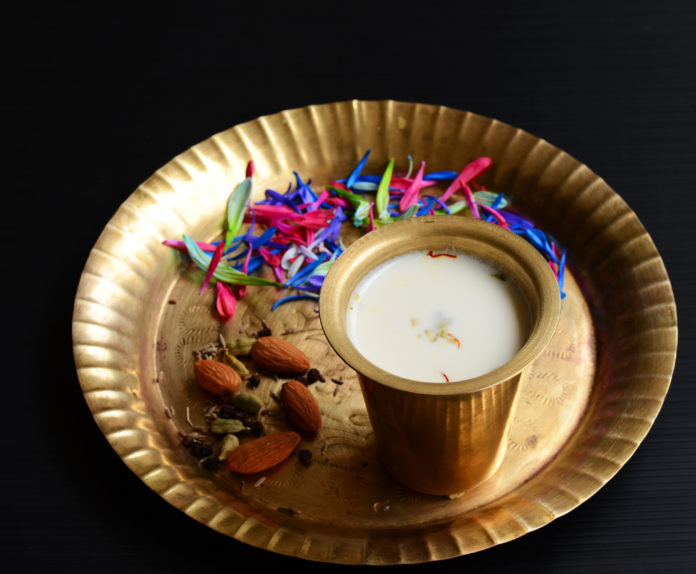
Raw or unpasteurised milk can lead to a slew of diseases including diarrhoea and Guillain Barre Syndrome; can even cause a stroke

It is the season for gujiya, dahi vada and thandai. It is also the season when you can fall ill very easily, given the change in weather and the festival excesses.
The festival of colours – Holi – and summer are just round the corner. Soaring demand for raw milk – the most important ingredient in drinks like ‘thandai’ ( flavoured and chilled milk) and ‘bhang thandai /lassi’ (chilled milk mixed with ground up intoxicating cannabis leaves), nudged Medibulletin to analyse the dangers of raw or unpasteurised milk. Raw milk is also used in many other Indian dishes during festivals and religious ceremonies with the belief that it is pure (as no processing is done) and it will improve their health but scientific evidence suggests just the opposite.
The chance of getting sick from drinking raw milk is greater for infants and young children, senior citizens, pregnant women and people with weakened immune system (such as people with diabetes mellitus, tuberculosis, HIV or an organ transplant) than for healthy adults.
Pasteurisation is the process of heating milk (heated to a specific temperature for a set amount of time ) to kill harmful germs that may be in it. Most nutrients remain in milk after it is pasteurised.
Raw milk can contain harmful germs such as bacteria, viruses and parasites which can make anyone very sick and can even lead to severe or life threatening illness.
These germs include Brucella, Campylobacter, Cryptosporidium, E. Coli, Listeria, and Salmonella.
Symptoms of infection include diarrhoea, stomach cramps, vomiting followed by fever in some cases. Less commonly, life threatening illness like Guillain Barre Syndrome (which causes gradual weakness of all four limbs leading to paralysis), haemolytic uraemic syndrome (which can result in kidney failure), stroke and even death can occur.
The chance of getting sick from drinking raw milk is greater for infants and young children, senior citizens, pregnant women and people with weakened immune system ( such as people with diabetes mellitus, tuberculosis, HIV or an organ transplant) than for healthy adults.
According to Centers for Disease Control and Prevention, USA, at least one child younger than five years was involved in 46% of the raw milk and raw milk products outbreaks reported to it from 2007 to 2016. About 19% of these outbreaks were caused by Salmonella ( which causes typhoid fever) followed by shiga toxin-producing E. coli ( such as O157) in children aged 1-4 years.
Although Indian data in very limited when it comes to raw milk, adulteration is a very big issue. The Indian food regulator, FSSAI in January 2011 after a nationwide survey reported that 70% of tested milk samples failed the safety standards laid down by the authority, leaving panic in its wake.
Choosing pasteurised milk or milk products ( look for the word pasteurised on the label) or making sure your milk was heated well enough to froth at least 3-5 times and then cooled/ chilled is vital before you savour your ‘thandai’.


